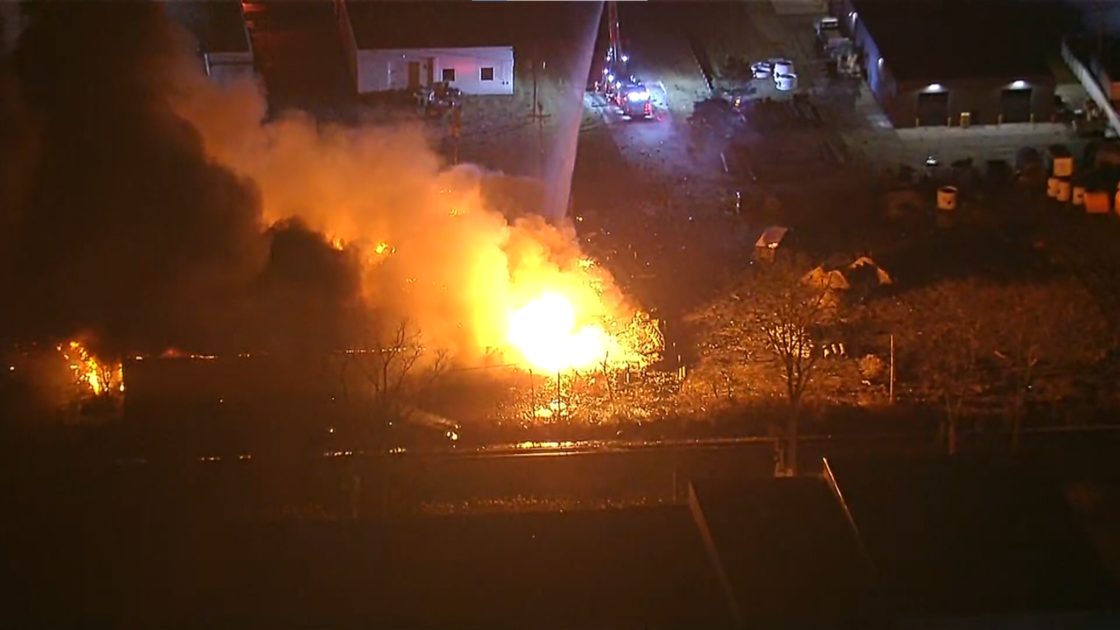Plan Would Dump De-Icing Fluid Into Michigan River
GRAND RAPIDS (WWJ/AP) - Officials at the Gerald R. Ford International Airport in Grand Rapids are seeking permission from the state to build a $15 million pipeline to dispose of a chemical used to melt snow and ice on aircrafts by dumping it into a river.
The nearly mile-long pipeline to the Thornapple River would be used for an estimated 90,000 to 100,000 gallons a year of de-icing fluid, WOOD-TV reported.
A proposal was submitted Sept. 1 to the state Department of Environmental Quality. It would dump glycol, considered a non-toxic substance, into the river about where M-6 meets with I-96 in Cascade Township.
The proposal follows a 2010 DEQ order to stop the runoff of de-icing fluid from the airport into a creek near the airport. The chemical is blamed for filling the creek with a smelly, cream-colored slime, and some worry that the Thornapple River will suffer because of the plan.
"Dumping it into the Thornapple without any type of filter doesn't sound like the best option to us, and we don't intend to accept that with open arms," said Scott Rissi, president of the 300-member Cascade River Association, which covers part of the Thornapple River.
Airport officials believe there is enough fast-moving water in the river to dilute the fluid, according to airport facilities director Thomas Ecklund. He said the fluid creates a film on the water but doesn't hurt water quality. Other airports have seen similar runoff problems.
"When we start de-icing, a month later, the biofilm develops," Ecklund said.
The airport considered building a wastewater plant at the airport, but found that was too expensive, Ecklund said. Another possibility was building a centralized de-icing pad for aircraft, but it would cost $20 million to $30 million and would slow air traffic, he said.
If the project is approved, design work could begin next year.
The problem with runoff into the creek in Kent County's Cascade Township was discovered in the 1990s and millions of dollars have been spent to capture as much of the chemical for recycling as possible.
William McCarrel, who lives along the creek and sits on a committee of airport stakeholders, said it creates a "gelatinous mass" every winter and spring. He first noticed the slime in the early 1990s. The creek previously was teeming with fish but now appears barren, he said.
"It's dead; everything's dead in this creek," McCarrel said.
The Associated Press contributed to this report.



